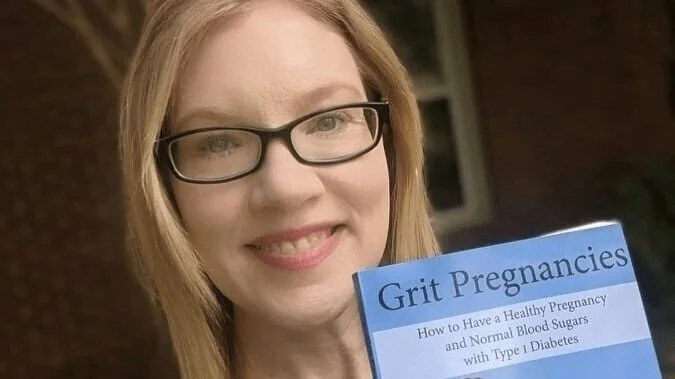Dr. Bernstein's plan is higher protein and lower fat than the most Keto meal plans.
For diabetes management, I've found Dr. Bernstein's macros to be better suited than high-fat-moderate-protein Keto.
High fat works well for initial weight loss and the transition to low carb, but our bodies often adapt to it, creating insulin resistance and weight gain as a result, particularly in pre-menopausal women.
Dr. Bernstein's plan is NOT high fat.
It is moderate, healthy fat and higher protein.
There are 'rules' for recommended protein consumption and we'll go into those below:
For the rest of you who want easy calculations, I recommend using the Ketogains Calculator, which will calculate your ideal macros (carbs, protein, fat consumption) based on your weight, estimated body fat and weight loss/muscle-building goals.
Then use the Ketogains macros with your online food tracker to make sure you're consuming the proper amount of carbs-protein- fat.
I do not recommend tracking your foods forever, but until you get into a routine, this is the best way to stay on track and learn from your reduced carb intake.
To learn the background information and related calculations of Dr. Richard K. Bernstein's protein recommendation, keep reading here:
"The average non-pregnant, sedentary adult with an ideal body weight of 150 lbs/68 kg required about 11.5 oz/326g of quality protein food (ie. 69 grams of pure protein) daily to prevent protein malnutrition" - Dr. Bernstein's Diabetes Solution book, p. 203
The calculation that you can use for this can get a bit complicated:
Most physically active adults will require 1-1.2 grams of protein per kilo of ideal body weight.
Athletes and children require more. Children should never be deprived of protein and it should be provided to satiety.
You can use this online calculator to calculate your ideal body weight.
I'll go through a few examples:
I'm 165 lbs/75 kilos and moderately active. My IDEAL body weight is a bit less, so I'll choose 70 kilo as my ideal body weight.
70 kilos x 1.2 grams of protein = 84 grams of protein MINIMUM per day for me.
(Just for reference, I target approximately 100g protein per day)
________________
90 lb /41 kilo child, protein consumption would be much greater. 2g-2.5g protein per kilo of body weight may be required, but possibly much more depending on growth, hunger and activity level.
40 kilo x 2g protein = 80 grams of protein minimum per day.
________________
240 lb/109 kilo sedentary adult whose ideal body weight is 190 lbs/86 kilo.
86 kilo x 1.0 g protein = 86 grams of protein minimum per day.
________________
Now if you've been paying attention, you'll have noticed that those protein amounts are very similar between three different weights and activity levels. The difference is the protein amount per kilo of body weight for each example.
Mine, moderately active, was 1.2 grams protein per kilo of ideal body weight.
The active and growing child was 2.0 grams of protein (or MORE-- potentially up to 6g protein during puberty) per kilo of CURRENT body weight.
The overweight, sedentary adult was 1.0 grams per kilo of ideal body weight.
Your calculation for protein consumption:
(For a conversion from pounds, type your weight into google for a conversion. ie: "170 lbs to kilo" or multiply your weight in lbs x 0.454 to get kilos.)
Current weight in kilos: ___________________
Ideal weight in kilos: _______________________
Protein per kilo based on activity level: ______________________________
Child/athlete = 2 - 2.5 (or more!)
Active adult = 1.2
Sedentary adult= 1
Now take the second two numbers above and add them to the following:
Ideal weight (kilos) _____________ x _____________ protein per activity level =
________________ grams protein per day MINIMUM
Did you catch all of that? No worries if you didn't!
This is a HUGE section of the plan and is something that you'll have to go over again to find your ideal levels.
*Protein may have to be adjusted up or down to ensure that you're full enough but not stuffed.
The next step in this E.D. YOU series is how to adjust your food intake for weight loss/weight gain.
If you need additional help with this, I cover protein requirements in-depth in both of my online courses, Real Life Low Carb intro to LCHP, and Plan Your Plate Meal Planning Bootcamp.







Observations of a decade of low carb for T1D management. Has it been worth it? What are the regrets? And what has changed in that time.